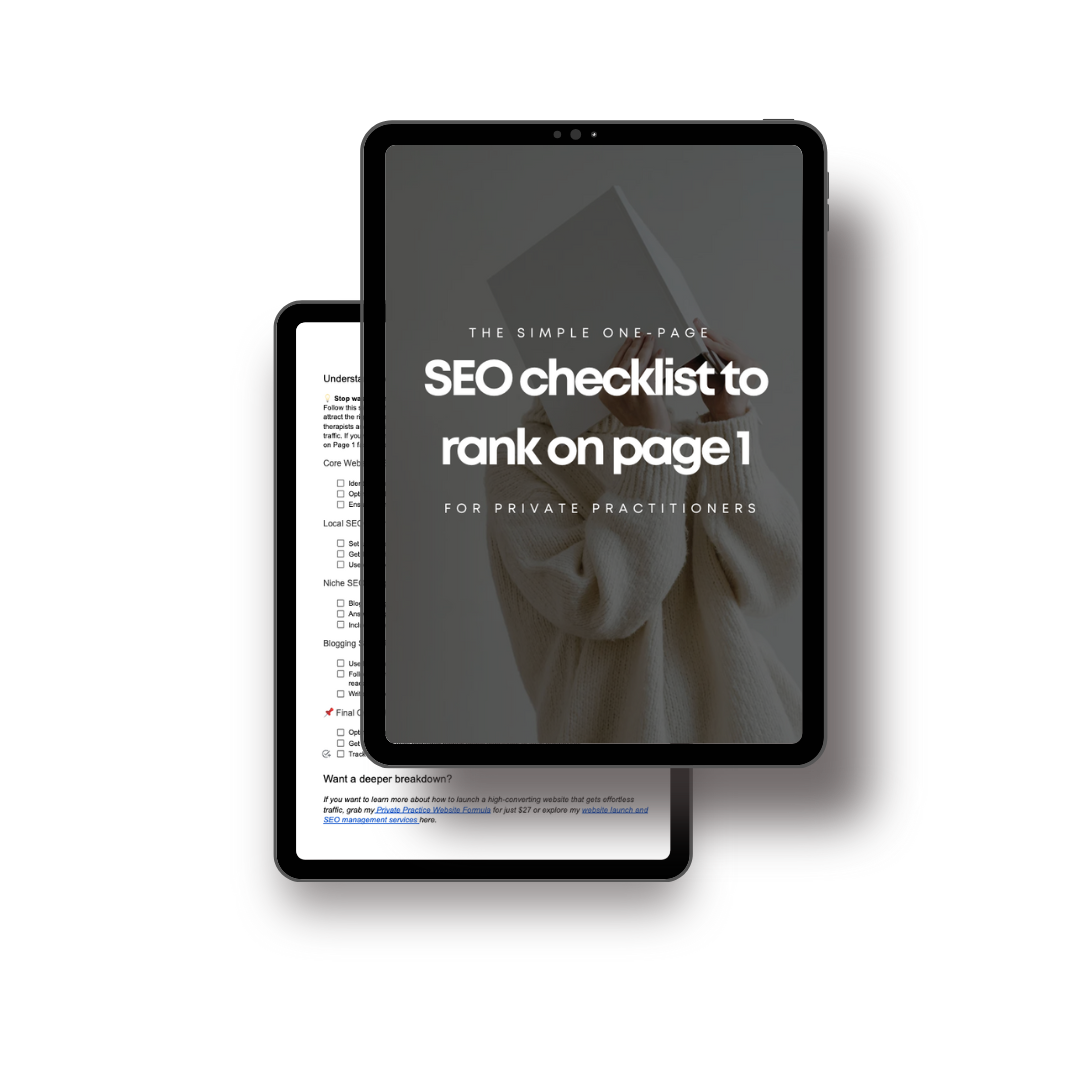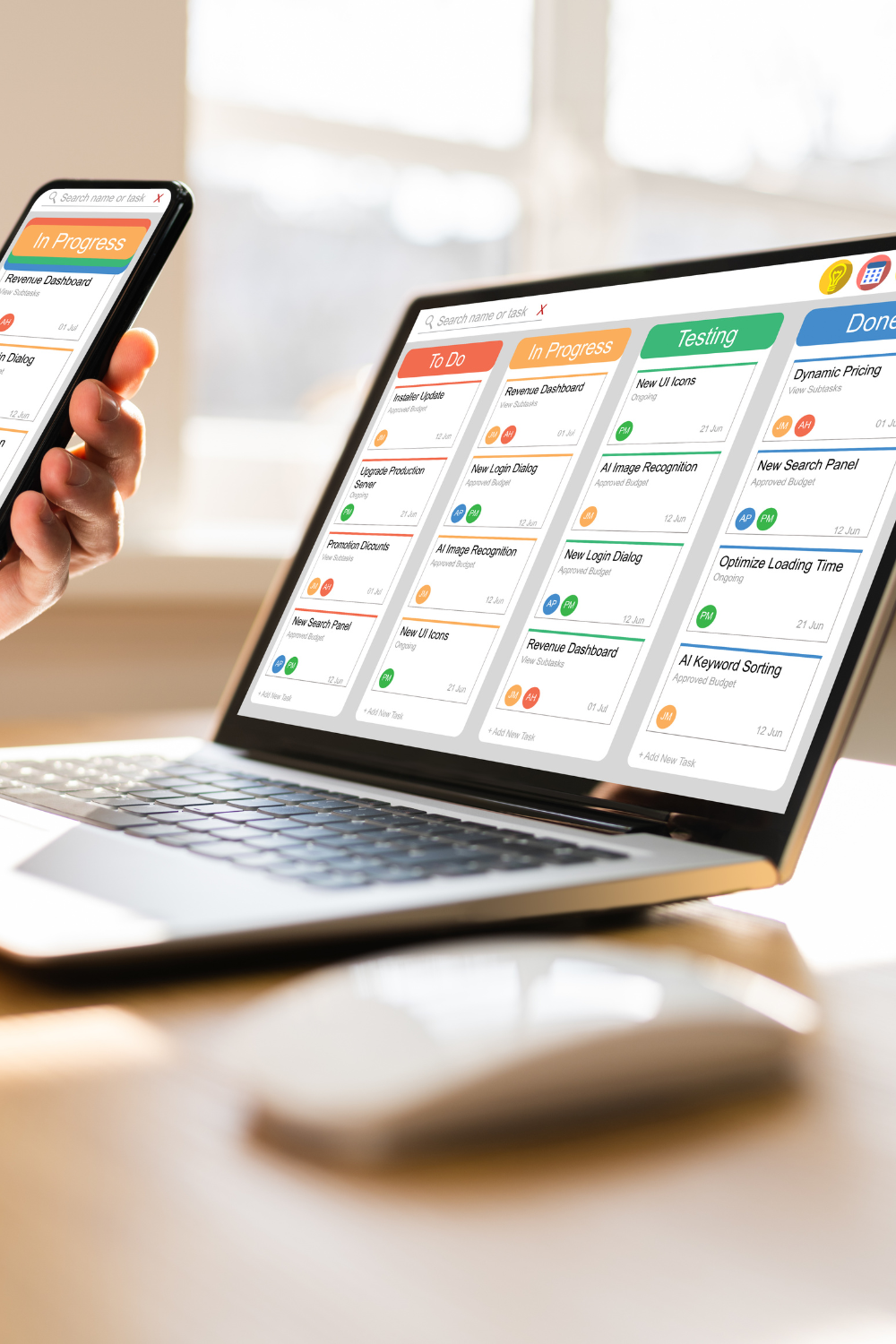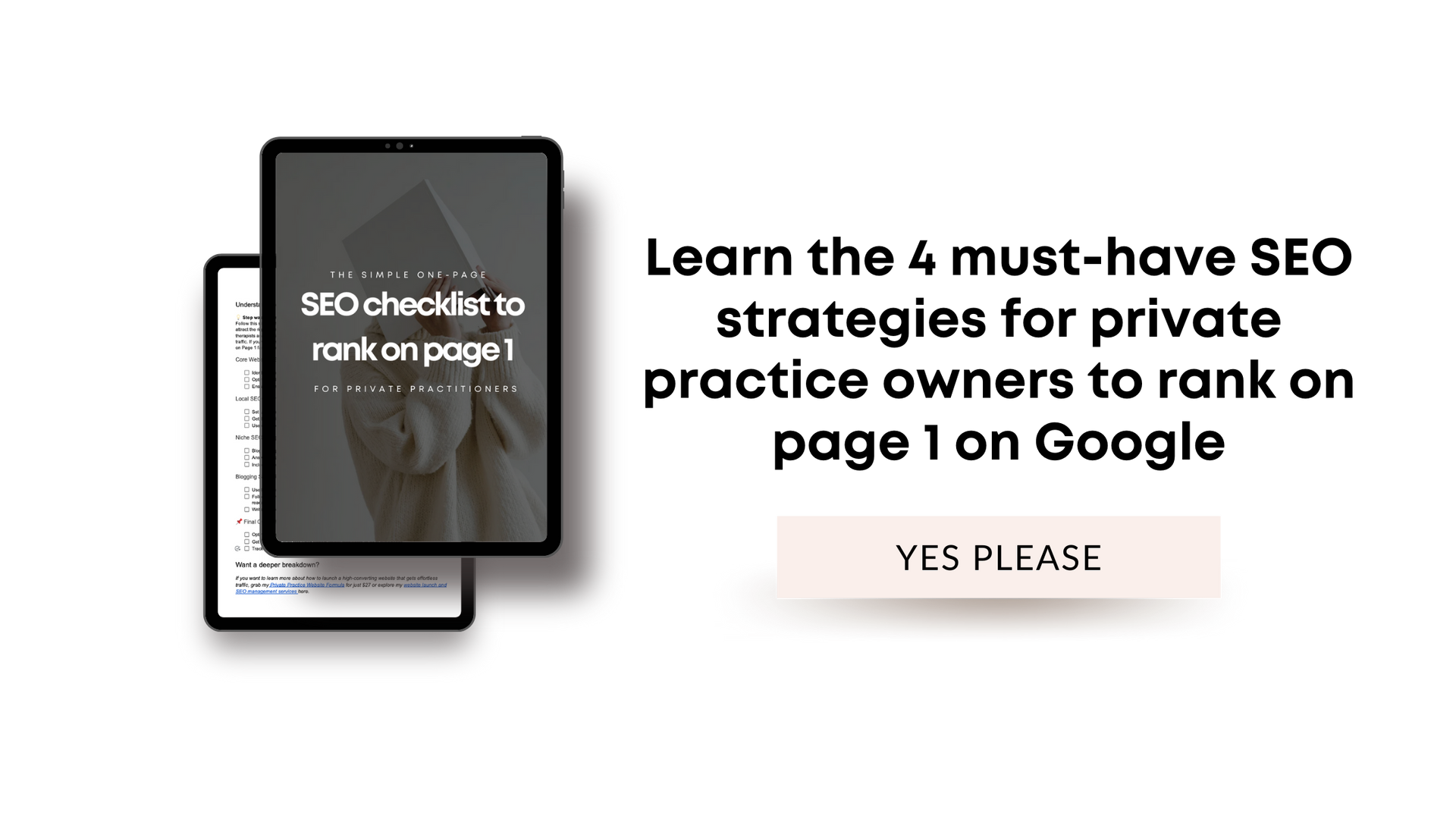The stress free guide to social media marketing for therapists
Social media marketing for therapists can feel overwhelming, especially if you're already juggling clients, sessions, and paperwork. You might be wondering if you even need a social media presence or if it's better to rely on directories like Psychology Today. Maybe you're just starting your private practice, feeling imposter syndrome creeping in, and not sure where to start. The good news? You don’t need to figure it out alone. Let’s break it down into simple steps so you can confidently build a presence that helps you stand out in a saturated market.
In case we haven’t met, I’m Natalia Maganda, a web designer for therapists . I help ambitious life coaches and mental health professionals amplify their magic, gain visibility, and simplify their marketing efforts through strategic web design and content.
Before diving into social media strategies, let's set the tone for your day with a little self-affirmation: "I am capable of growing my practice in ways that feel aligned with my authentic self." Social media might seem intimidating, but it doesn’t have to be. The goal is to create an online space that feels like an extension of who you are as a therapist. With the right approach, you can craft a social media presence that not only reaches new clients but also reflects your unique voice and therapeutic style. Ready to get started?
Do therapists need a social media presence?
If you’ve been on the fence about social media, you're not alone. Many therapists wonder if it’s necessary when they’re already listed on directories or have a steady flow of clients. But here's the thing—social media offers a unique opportunity to connect with people on a personal level before they ever step foot in your office or virtual office. It allows you to build trust, share your expertise, and reach potential clients where they spend their time online.
How to start marketing your private practice on social media as a therapist
Pick a niche
The first step in creating a successful social media presence is to define your niche. Think about your ideal client. What are their needs? What topics are they searching for online? When you narrow your focus, you’ll be able to create content that speaks directly to the people you’re most passionate about helping. Even though you can help anyone, crafting a social media strategy is about trying to attract only those you love to work with ;)
Pick a platform
Not all social media platforms are created equal. Choose the one where your ideal clients are hanging out the most. Instagram and TikTok are great options for reaching millennials and Gen Z clients. If you’re targeting a younger audience, TikTok might be the way to go. Instagram, with its visual focus and stories feature, is ideal for therapists looking to share insights, tips, and personal stories.
Plan a social media lead generation content strategy
Your content should do more than just educate—it should also move potential clients toward booking a session with you. Plan out content that guides people from recognizing they have a problem to understanding why you’re the solution. Each post should be intentional, leading them along their journey of transformation.
Batch produce your content
Don’t stress about creating content every day. Instead, set aside one day a month to batch-produce your content. This allows you to stay consistent without feeling overwhelmed. By giving your marketing efforts just one hour per week or dedicating one day per month, you can maintain a strong presence without burning out.
Example: Suppose you specialize in anxiety therapy. Create a series of posts that address common signs of anxiety, the benefits of therapy, and what clients can expect in their first session. Each post should build on the last, offering value while encouraging people to take the next step.
Adjust your strategy based on tracking results
Social media is not a one-size-fits-all approach. Regularly check your analytics to see what’s working and what’s not. Adjust your strategy as needed to ensure you're attracting the right audience and converting them into leads and clients.
What social media platforms should you focus on as a therapist?
Think of your ideal client when choosing your platforms. Platforms like Instagram and TikTok are ideal for younger audiences, with data showing that millennials and Gen Z dominate these spaces. Instagram is perfect for sharing visuals and personal insights, while TikTok allows for quick, engaging videos that highlight your expertise.
What type of content should you post on social media as a therapist?
The content you post should be more than just educational or entertaining. Each piece should tie back to your area of expertise and take people on a journey—from where they are now to the transformation they'll experience with therapy. Avoid random posts and instead focus on a strategy that guides potential clients toward booking a session with you.
Example of a Post Caption: “Feeling anxious about the future? You’re not alone. Many of us are feeling uncertain right now because of [this emotional hesitation], but therapy can help you regain a sense of control and achieve this [desired outcome]. Let’s work together to create a plan that brings you peace and clarity. Book a discovery call today!”
Should you use video or carousels?
When it comes to social media marketing for therapists, one of the big questions is whether you should be using videos or carousels. The truth is, while both formats are effective in their own way, what truly matters is the content and message behind them.
Video can be a powerful tool for creating a personal connection. Seeing your face, hearing your voice, and getting a glimpse into your personality can help potential clients feel more comfortable with you. Videos are great for explaining complex topics, sharing tips, or even giving a sneak peek into your therapy process. They allow for deeper engagement since viewers can pick up on your tone, body language, and energy. Plus, short videos tend to perform well on platforms like Instagram Reels or TikTok.
Carousels , on the other hand, are perfect for breaking down information into bite-sized chunks. If you're covering a multi-step process, sharing a list of tips, or summarizing a therapy approach, a carousel can make it easy for your audience to swipe through and digest the content at their own pace. They also allow for more visual storytelling through images and graphics, which can be helpful if you're explaining concepts or illustrating points.
Whether you choose video or carousels, focus on these key elements:
- Strong Hook : Grab attention within the first few seconds. Whether it’s a compelling question, an interesting fact, or a relatable statement, your hook should make viewers want to keep watching or swiping.
- Value : Provide actionable tips, insights, or takeaways that directly address your audience’s pain points. Remember, it’s not just about sharing knowledge but offering value that can help them in their journey.
- Call to Action : Don’t leave your audience hanging. End with a clear call to action that encourages them to take the next step—whether it’s booking a discovery call, downloading a free resource, or following you for more content.
Ultimately, the format is secondary to the quality of the content you’re delivering. Experiment with both videos and carousels to see which resonates best with your audience and fits your content style. The key is to keep your message clear, consistent, and client-centered.
Should you show your face on social media as a therapist?
Absolutely! Showing your face humanizes your brand and helps potential clients feel more connected to you. People are more likely to reach out to someone they feel they’ve gotten to know, even if it’s just through social media.
Social media ethics for therapists
As a therapist, it’s important to maintain boundaries and ethics online. Be mindful of client confidentiality and avoid offering specific advice in your posts. Use social media as a tool for connection and education, but keep the therapeutic work for your sessions. A good practice could be to have a legal disclaimer on your profile or as pinned post or story highlight, that your content does not substitute therapy.

Best social media apps for therapists
Your social media strategy doesn’t end with posting content. Consider adding layers to your marketing funnel, like networking through social media, using DM automation tools like ManyChat, and eventually running ads to increase your reach.
Managing your social media presence doesn’t have to be time-consuming or stressful. With the right tools, you can plan, schedule, and track your content effortlessly. Here are some of the best social media apps for therapists:
1. Later
Later is a user-friendly app that allows you to visually plan and schedule your posts for Instagram, Facebook, and other platforms. With its drag-and-drop calendar, you can batch-create content in advance and get a preview of your feed to ensure a consistent aesthetic.
- Features: Visual planner, drag-and-drop scheduler, analytics, auto-publishing
- Benefits: Saves time, ensures consistency, provides insights into performance
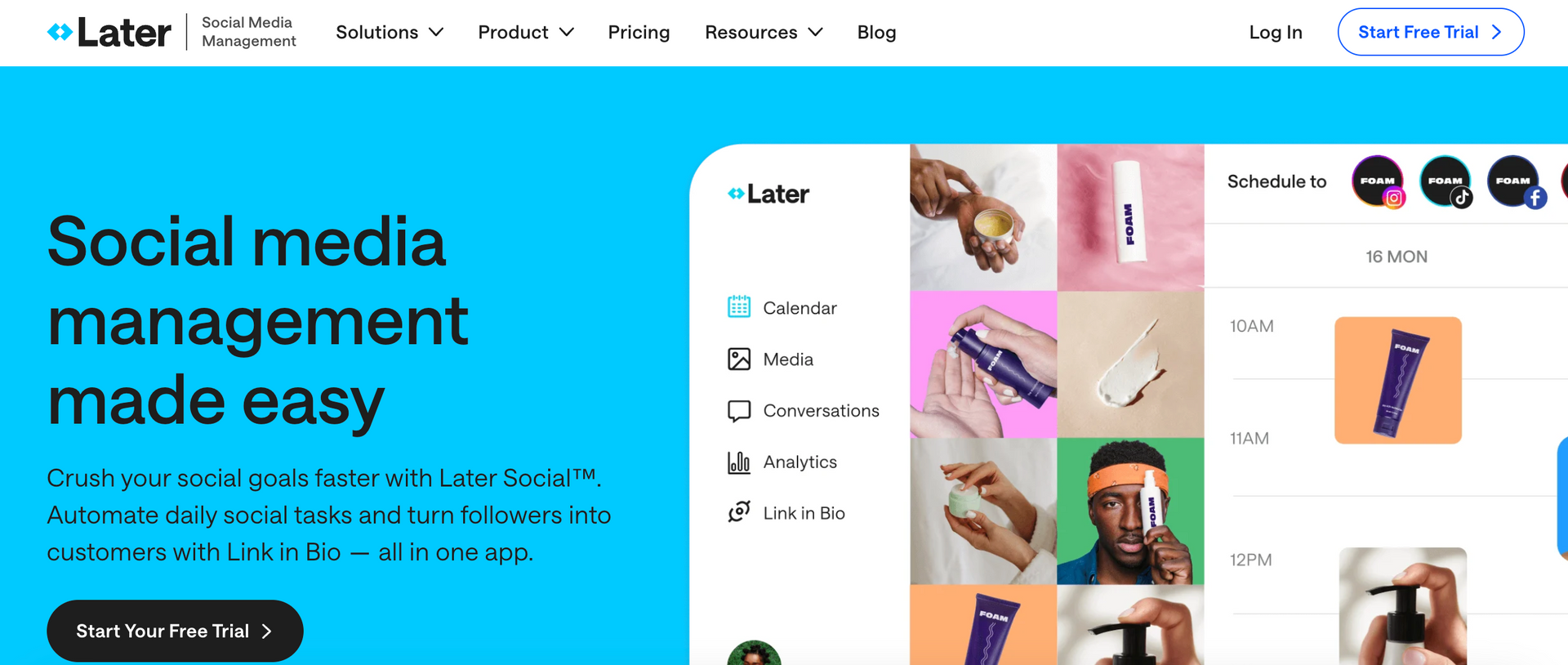
2. Planoly
Planoly is another great tool for Instagram scheduling, allowing you to plan your grid, schedule stories, and auto-publish posts. It also includes analytics to track your content performance, so you can adjust your strategy as needed.
- Features: Grid planner, story scheduler, auto-publishing, analytics
- Benefits: Simplifies Instagram management, offers insights into engagement, helps maintain a cohesive brand image
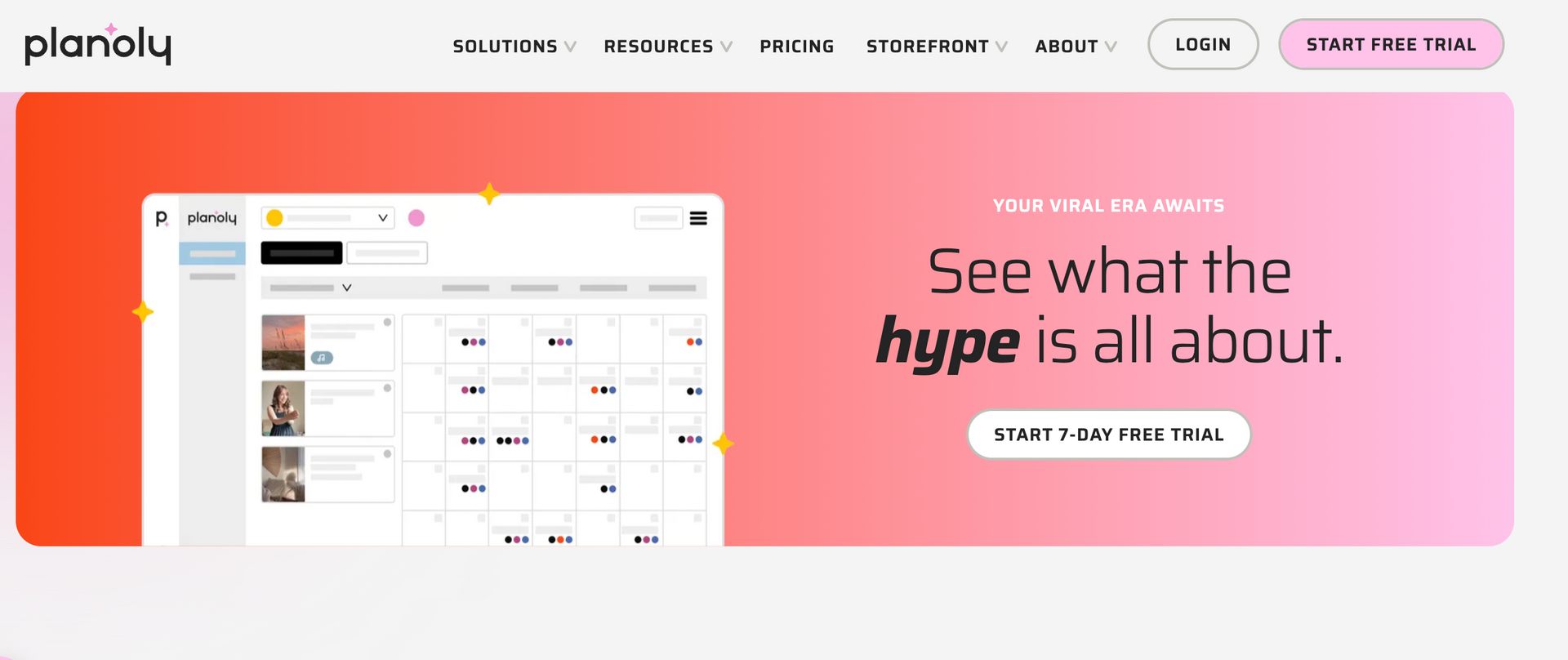
3. Instagram’s Native Scheduling Tool
Instagram now offers a built-in scheduling tool for professional accounts, allowing you to plan and post directly from the app. This option is convenient if you prefer to keep everything in one place without relying on third-party apps.
- Features: Direct scheduling within Instagram, content calendar
- Benefits: No need for external tools, easy to manage posts directly in the app
4. ManyChat
ManyChat is a powerful tool for automating your direct messages (DMs) on social media platforms like Instagram and Facebook. You can set up automatic responses for common inquiries, guide potential clients to book a session, or even nurture leads through a series of pre-written messages.
- Features: DM automation, customizable message flows, integration with other tools
- Benefits: Saves time, improves lead nurturing, enhances client communication
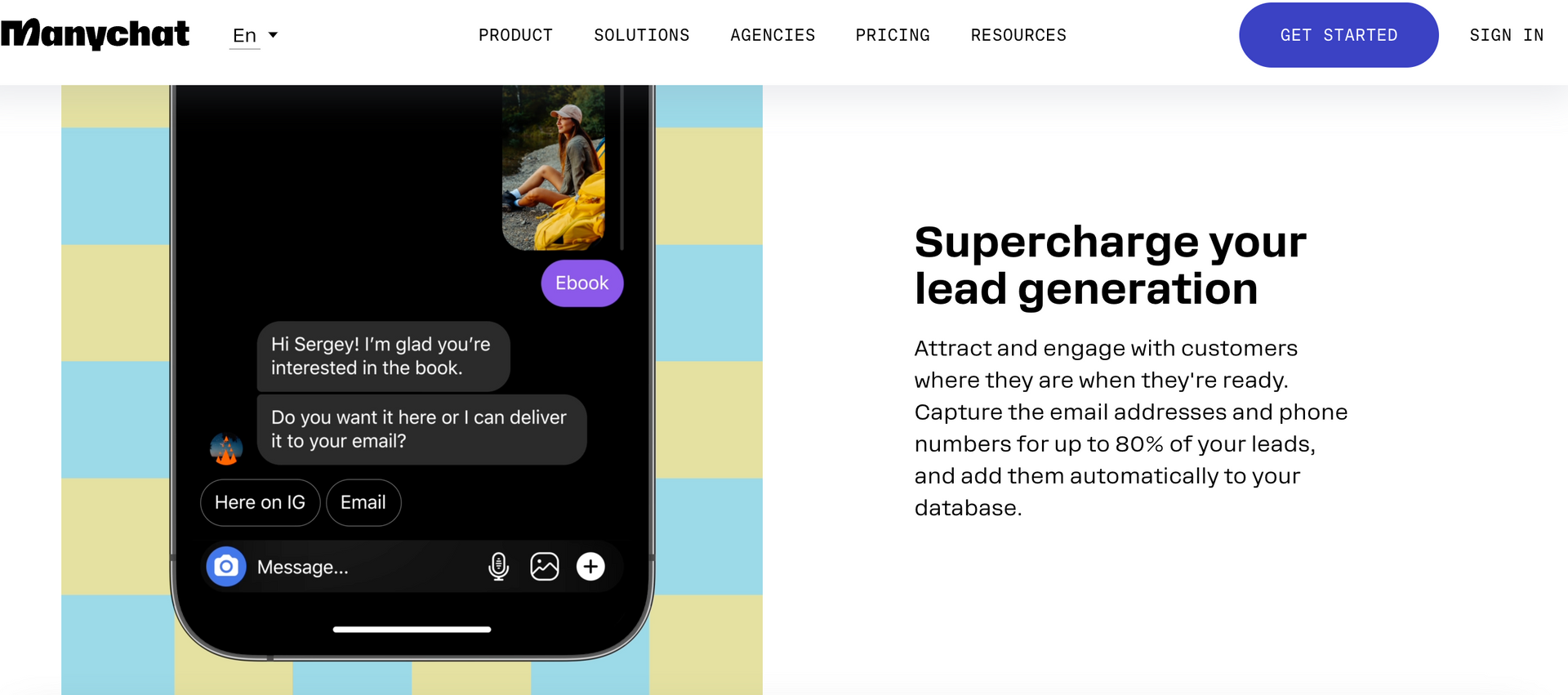
What else do I need to consider for planning my social media strategy?
Creating a social media strategy involves more than just posting content. To truly succeed, you need to consider additional layers that will help you connect with your audience, nurture leads, and grow your practice. Here are some key strategies to keep in mind:
Social media networking
Networking isn’t just for in-person events—social media offers a powerful platform to connect with other professionals, potential clients, and referral sources. Join therapist groups, engage with relevant hashtags, and build relationships with other professionals in your field. These connections can lead to collaborations, guest speaking opportunities, or referrals.
Social media DM automations
By using tools like ManyChat mentioned above, you can automate your direct messages on social media. This strategy helps you respond to inquiries faster, guide potential clients through the booking process, and ensure you never miss an opportunity to connect with someone who needs your services.
Running social media ads
If you're ready to take your social media marketing to the next level, running ads on platforms like Instagram or Facebook can help you reach a wider audience. Social media ads allow you to target specific demographics, ensuring your content reaches the right people. Start with a small budget and experiment with different types of ads, such as lead generation ads, to see what works best for your practice.
Leveraging a website as part of your marketing funnel
While social media is a great way to connect with potential clients, your website is the hub where leads become clients. Use social media to drive traffic to your website, where you can offer more detailed information about your services, provide free resources, and guide visitors toward booking a session with you. Your website should be optimized to convert visitors into clients by offering clear calls to action and making the booking process simple and seamless.
Starting your social media marketing as a therapist can feel like a daunting task, but with the right strategies and tools, it can be a powerful way to grow your practice.
Focus on creating authentic, value-driven content that resonates with your ideal clients, and use automation tools to streamline your efforts. Don’t forget to integrate your social media presence with your website to complete your marketing funnel and convert social media followers into paying clients.
Ready to take your online presence to the next level? Download my free website planner guide or explore my web design services for therapists .
Even though you can help anyone, crafting a social media strategy is about trying to attract only those you love to work with ;) You can also visit https://www.betterhelp.com/advice/counseling/ to get more ideas about counseling niches.
*This post contains sponsored links
Related reads:
- 10 simple ways to get more therapy clients for your private practice
- How to write an engaging Psychology Today profile
- SimplePractice vs TherapyNotes in-depth comparison
- Therapist networking tips and where to find online events
- The ultimate guide to branding your therapy and private practice
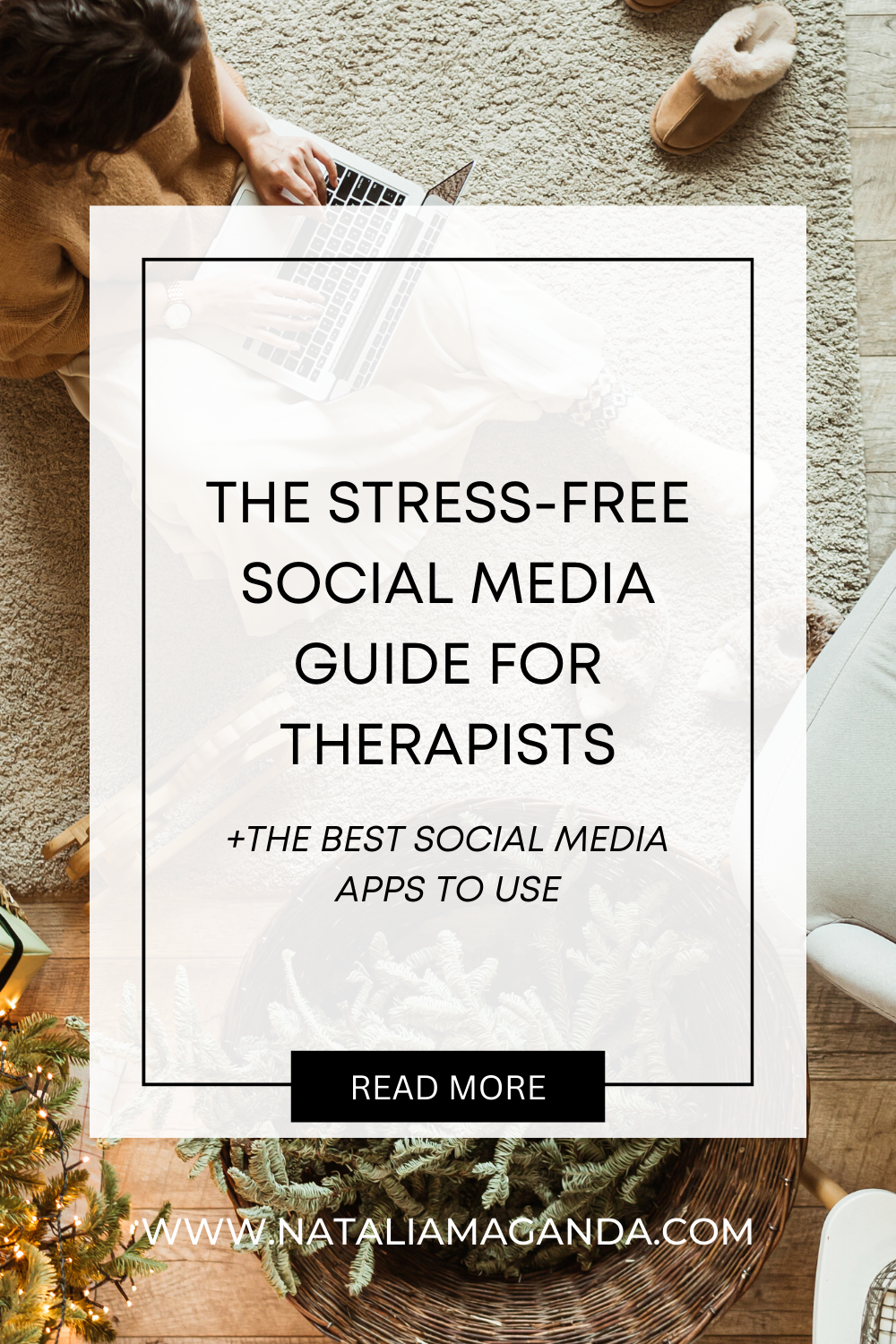
* AI Disclosure: This content may contain sections generated with AI with the purpose of providing you with condensed helpful and relevant content, however all personal opinions are 100% human made as well as the blog post structure, outline and key takeaways.
* Affiliate Disclosure: Some of the links on www.nataliamaganda.com may contain affiliate links meaning that I will get a commission for recommending products at no extra cost to you.

hello! i'm natalia
Latina, web design expert for mental health professionals.
I help ambitious life coaches, therapists and holistic leaders amplify their magic, gain visibility, and simplify their marketing efforts through strategic web design and content.
